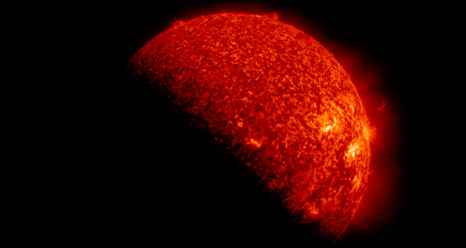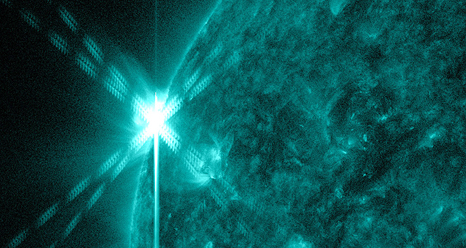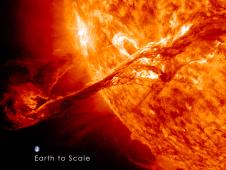Latest News
Press Releases
-
NASA Launches Radiation Belt Storm Probes Mission
08.30.12 - NASA's Radiation Belt Storm Probes (RBSP), the first twin-spacecraft mission designed to explore our planet's radiation belts, launched into the predawn skies at 4:05a.m. EDT Thursday from Cape Canaveral Air Force Station, Fla.
-
RBSP Launches - Twin Probes in Orbit
08.30.12 - NASA's Radiation Belt Storm Probes are flying in Earth orbit after a successful liftoff this morning. The spacecraft are now at home in the Van Allen belts.
Feature Stories
-

NASA's Solar Fleet Peers Into Coronal Cavities
By understanding the morphology, density and temperature of coronal cavities scientists can better understand eruptions on the sun and the space weather that can disrupt technologies near Earth.
-

Hours After Launch, RBSP Takes First Science Steps
Immediately after launch, RBSP entered a 60-day commissioning phase of operations, where all of the spacecrafts’ systems and instruments are activated, monitored, and made ready for the two-year primary science mission.
-

New 'Chorus' Recording By RBSP's EMFISIS Instrument
Radio waves, recorded by RBSP's EMFISIS instrument, are at frequencies that are audible to the human ear and are emitted by the energetic particles in the Earth’s magnetosphere.








